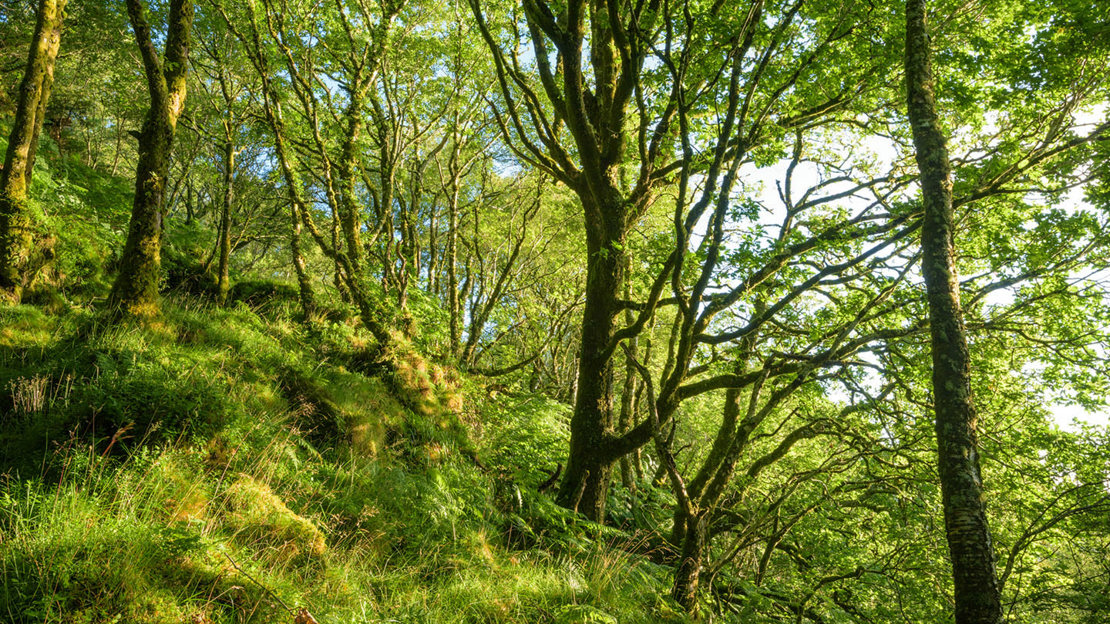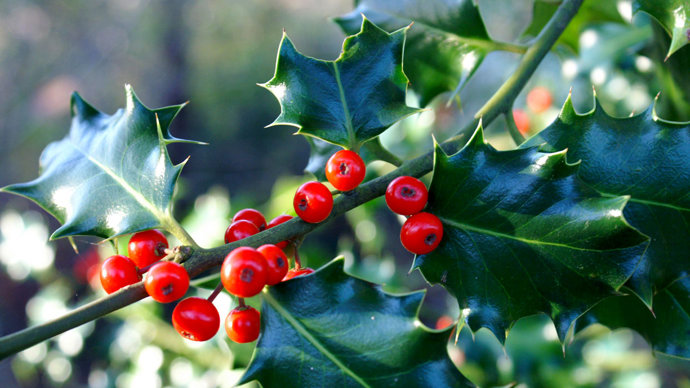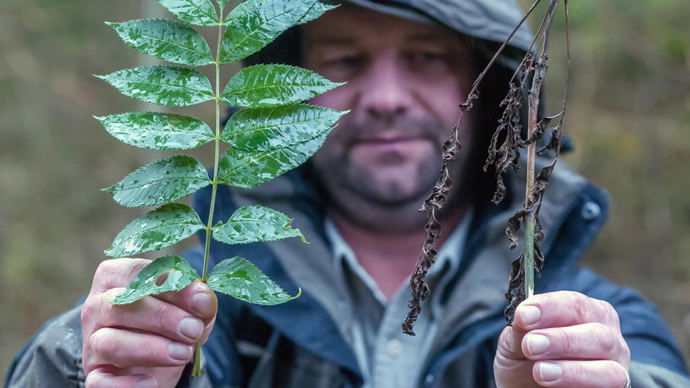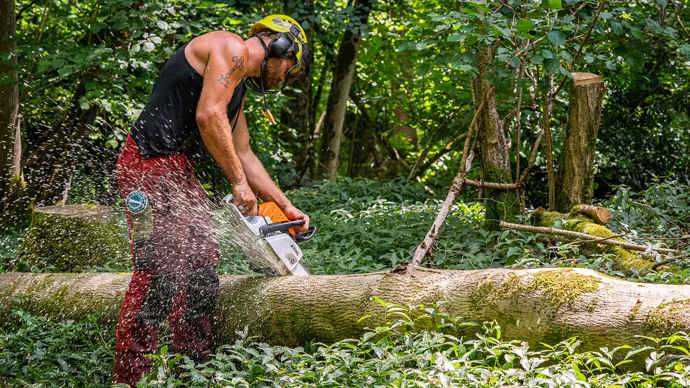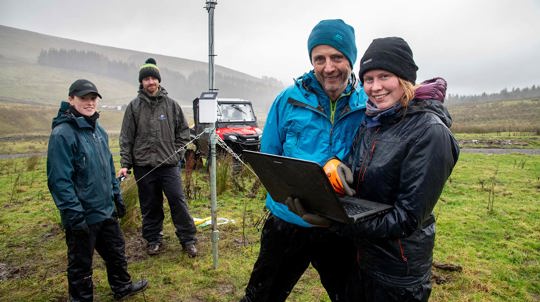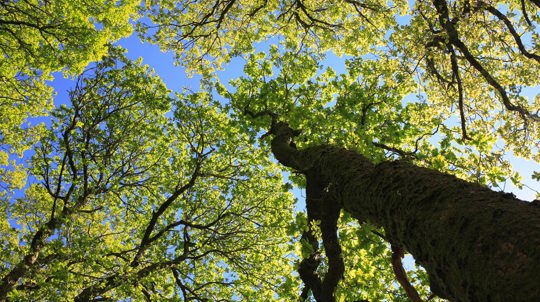
Credit: Don Brubacher / WTML
Woods are shadier
While there are now fewer trees making up the canopy in the woods surveyed, the trees are older and larger, leaving fewer gaps for light to penetrate to the ground below. As a result, shade tolerant plants have increased, with bluebells up by 15%.


